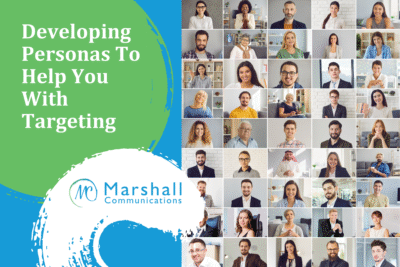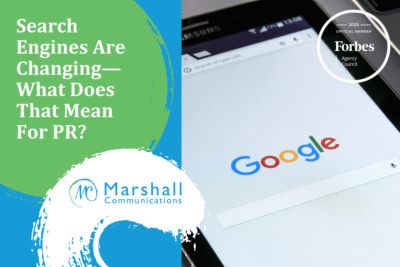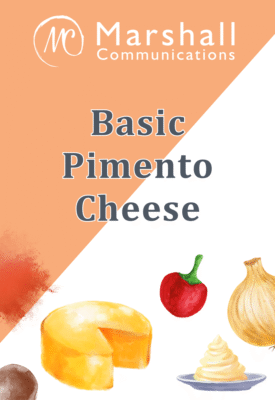Posted on: April 21, 2020
 By Nancy Marshall, The PR Maven®
By Nancy Marshall, The PR Maven®
In today’s world, brands are constantly competing to spread their respective messages to millions of global consumers. Any brand hopes to distinguish itself from competitors, breaking through the noise and reaching those consumers with a message that resonates.
The ultimate goal, of course, is to persuade the customer to buy, buy, buy.
And today’s consumers aren’t always the easiest to persuade. According to the “2019 Edelman Trust Barometer,” barely one-third of customers (34%) trust most of the brands that receive their hard-earned dollars. Edelman’s survey found that brand trust is a deal-breaker for more than 80% of consumers when they’re considering a purchase.
This sounds like common sense: Trust the brand, and you’ll buy. But it’s not so straightforward to establish that trust.
Brand trust is also increasingly valuable currency, given the rising purchasing power of a millennial generation that is traditionally skeptical of big business. Nearly 85% of millennials don’t appreciate traditional advertising because they don’t trust the messengers.
So how do you establish trust? It takes baby steps.
The first and most important step is to map out the key messages that you hope will resonate with your target audience—that is, the consumer you hope will become a buyer. Unless you map out the right messages, you have no chance of ever persuading that customer to buy, buy, buy.
Ask yourself: If I don’t know the right thing to say, how can I possibly say it?
In fact, a “message map” is the foundation of all public relations. The way PR experts see it, the message map includes a key message at its center that is 21 words in length, surrounded by the ancillary messages that naturally flow from it.
Why 21 words? Because it takes seven seconds to say 21 words out loud. If you are familiar with broadcast news, you know that reporters and editors love seven-second sound bites. Short and sweet!
Think about it: No “famous line” would ever be famous if it spanned three paragraphs or took 30 minutes to say. President Reagan’s famous “tear down this wall” speech, delivered in 1987, was so memorable because the iconic phrase, “Mr. Gorbachev, tear down this wall,” came out to six words in total.
Two more examples come to mind: President Kennedy’s inaugural address, with the “Ask not what your country can do for you” line, and Martin Luther King, Jr.’s “I have a dream” speech. Those catchphrases became famous because they were short and sweet. Any longer and listeners will gradually lose interest.
This also applies to message mapping in public relations. The key message—at the center of the map—is used for much more than just a cable news interview. Companies can use that message for website copy, email newsletters, Super Bowl advertisements and much more. Basically, you use it anywhere and everywhere you are talking about the brand.
I like to say that it’s like a song sheet allowing everyone to sing in harmony. You know the saying, “Let’s all sing from the same song sheet”? A message map allows you to do just that.
As you structure your key message, which goes at the center of your map, it’s important to think about your target audience. Who are you trying to serve? Which customers are you hoping to acquire? Only by orienting your message to your most important audience will you be able to reach peak resonance.
One way to structure the key message is to use an “XYZ” statement. Fill in the blanks: “We do X, for Y, so they can Z.” If you’re a candy maker, you may create sweets (X) for teenagers (Y) so that they can feel happy (Z). The “XYZ” approach forces you to think about your key deliverables and differentiators, not to mention the consumers who will ultimately buy whatever you’re selling.
Throughout the message mapping process, it’s best to look at yourself as the strategic hero ready to swoop in and save the day for your customers. Think about what keeps them up at night and how you can help bring them peace of mind. For example, many of our clients are concerned about growing their own client bases, so we focus our key message on “significant growth.”
Imagine if the Today Show called and invited you on to discuss your brand in five minutes or less. What would you say?
Map out your key message, and you’re on the right path to a successful interview. Fail to map it out, and you’ll have quite a difficult time establishing any trust in your brand. The message map is your hero strategy!
This article originally appeared on the Forbes Agency Council CommunityVoice in February 2020.
Want to learn more about message mapping? Sign up for The PR Maven® Message Map Mastery Course.










